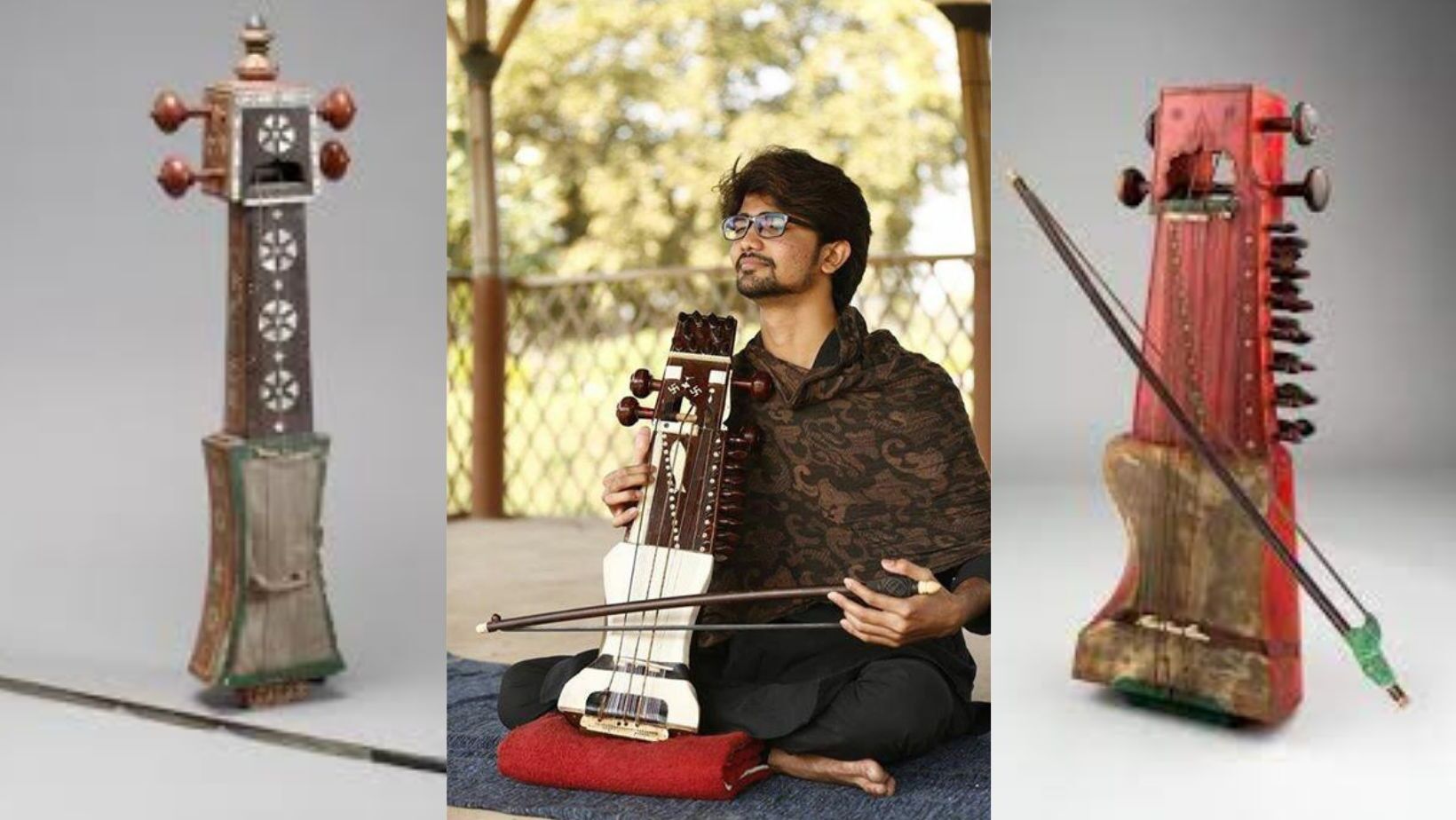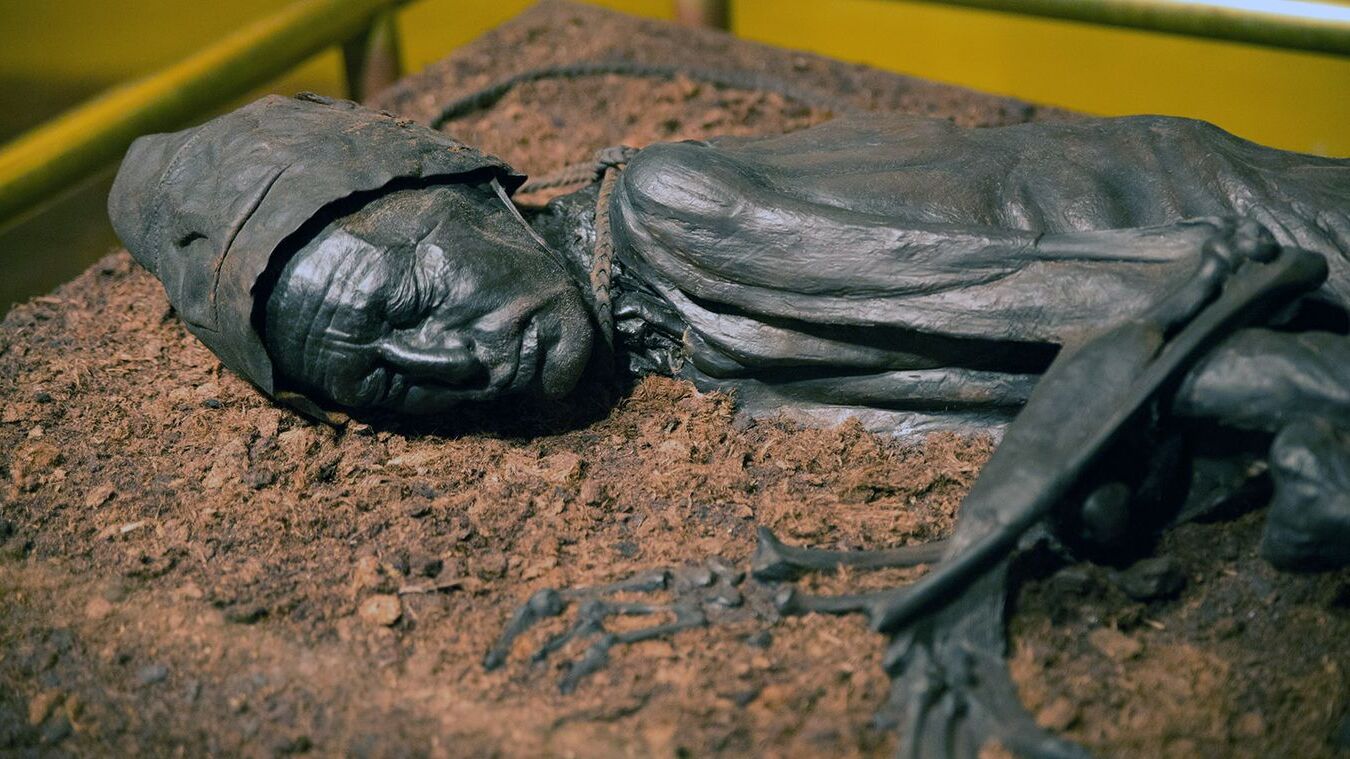
Have you ever wondered about the musical instruments that have vanished over time? These lost musical instruments tell stories of ancient cultures, forgotten traditions, and the evolution of human creativity. From the Neanderthal Flute, crafted from cave bear bones 50,000 years ago, to intricate stone flutes shaped by shellfish, each instrument offers a glimpse into our ancestors' lives. Some instruments, like the violin and French horn, challenge even the most skilled musicians, while others, like sacred instruments, hold deep cultural and religious significance. Join us as we explore the fascinating world of these lost musical treasures and their enduring legacy.
Key Takeaways:
- Ancient musical instruments, like the Neanderthal flute and bone whistles, offer a fascinating glimpse into the lives of ancient people and their early presence of music in human history.
- Musical instruments play a significant role in the social and cultural fabric of communities, from mediating disputes to becoming the site of legal and cultural conflicts.
The Oldest Known Musical Instruments
Musical instruments have been part of human culture for thousands of years. Some of the earliest instruments discovered give us a glimpse into the lives of ancient people.
-
The oldest known musical instrument is the Neanderthal Flute, discovered in Slovenia in 1995. Made from the bones of a cave bear, it is estimated to be at least 50,000 years old. This discovery highlights the early presence of music in human history.
-
Bone flutes and whistles are among the earliest known musical instruments. These instruments, crafted from animal bones, date back to the Upper Paleolithic era. The oldest bone flute found in Germany's Geissenklosterle cave is made from the radius of a Hooper swan and dates back to around 40,000 years ago.
-
Ancient cultures also used stone instruments. These were often fashioned from naturally occurring materials like sea stones with holes drilled into them by shellfish. Examples include ocarinas from the Eastern Mediterranean.
The Social and Cultural Significance of Instruments
Musical instruments are more than just tools for creating music. They play a significant role in the social and cultural fabric of communities.
-
Instruments like the Anatolian saz and Central Asian long-necked lutes have been known to mediate disputes in communities, highlighting their role in social interactions.
-
Some instruments necessitate a poor ergonomic position for the performer, leading to potential permanent injury. For example, the violin requires a specific posture that can be taxing on the body.
-
Musical instruments can become the site of legal struggles or cultural conflicts. Certain instruments have been banned or restricted in their performance or construction, while others have been targeted during civil wars.
Evolution of Instrument Making
The process of making musical instruments has evolved over time, adapting to changes in materials and technology.
-
Instrument makers adapt to changes in raw materials, construction tools, and instrumental forms. The proto-instrument mediates between the maker and user, influencing how instruments are made and used.
-
Ethnomusicology is distinct from other humanistic social sciences due to the unique powers and roles of instruments within the lives and studies of ethnomusicologists. Instruments enable long-term participant observation that would be inconceivable in any other social milieu.
The Impact of Music on Nature
Music doesn't just affect humans; it can also have an impact on the natural world.
-
Interestingly, plants can grow faster if music is playing. Sound frequencies of 125 Hz and 250 Hz induce the production of genes vital for photosynthesis, leading to increased growth.
-
Green music, such as sounds of rainfall and birds chirping, promotes seed germination, increased stress tolerance, and higher yields.
Ancient Music in Ireland
Ireland has a rich musical heritage, with ancient instruments playing a significant role in its history.
-
In Ireland, bone instruments were common long before the Viking era. The earliest known bone flutes in Ireland date back to the Viking era, but bone instruments were introduced with the first human habitation after the Ice Age.
-
The simple tin or penny whistle, a staple in Irish traditional music, has its origins in a bone ancestor.
The Hardest Instruments to Play
Some musical instruments are notoriously difficult to master, requiring years of practice and dedication.
-
The violin requires an inborn sense of relative pitch and coordination between the right and left hands. Despite its familiarity, the violin demands years of practice to produce an acceptable sound.
-
The French horn has a small mouthpiece that demands more lip and muscle control than other brass instruments, making it one of the hardest to master.
-
The bagpipes, with their complex fingerings and breath control requirements, are also among the most challenging instruments to play.
The Role of Musical Instruments in Cultural Heritage
Musical instruments serve as tangible and intangible cultural heritage, carrying the traditions and histories of their respective cultures.
-
The craftsmanship involved in making these instruments is often inherited from generations past, making them not just tools but also artifacts of cultural significance.
-
The practices, beliefs, and sensoriums associated with these instruments are deeply rooted in the cultural context in which they are used. The power of sacred instruments, for example, is deeply connected to religious practices and beliefs.
-
Instrument makers have unique relationships with the instruments they create. These relationships can vary at different stages of the making process, from the selection of raw materials to the final assembly of the instrument.
-
Instrument makers adapt to changes in raw materials, construction tools, and instrumental forms. This adaptability is crucial for the evolution of musical instruments, allowing for innovation and improvement.
-
Sacred instruments hold a special place in religious practices and beliefs. Their power is deeply rooted in the sensoriums and kinesthetics of religious experience.
-
Musical instruments can become the site of legal and cultural conflicts. Certain instruments have been banned or restricted in their performance or construction, while others have been targeted during civil wars.
-
The evolution of instrument making is a testament to human ingenuity and creativity. From the earliest bone flutes to the intricate instruments of modern orchestras, each new design or material has contributed to the rich tapestry of musical heritage.
-
Ethnomusicology is distinct from other humanistic social sciences due to the unique powers and roles of instruments within the lives and studies of ethnomusicologists. Instruments enable long-term participant observation that would be inconceivable in any other social milieu.
-
The impact of music on plants is a fascinating area of study. Sound frequencies can induce the production of genes vital for photosynthesis, leading to increased growth.
-
In Ireland, bone instruments were common long before the Viking era. The earliest known bone flutes in Ireland date back to the Viking era, but bone instruments were introduced with the first human habitation after the Ice Age.
-
Stone flutes and whistles are another form of ancient musical instruments. These were fashioned from naturally occurring materials like sea stones with holes drilled into them by shellfish.
-
Some musical instruments are notoriously difficult to play. The violin, for example, requires an inborn sense of relative pitch and coordination between the right and left hands.
-
The French horn has a small mouthpiece that demands more lip and muscle control than other brass instruments, making it one of the hardest to master.
-
The bagpipes, with their complex fingerings and breath control requirements, round out the list of most challenging instruments.
-
Musical instruments serve as tangible cultural heritage, carrying the traditions and histories of their respective cultures. The craftsmanship involved in making these instruments is often inherited from generations past, making them not just tools but also artifacts of cultural significance.
The Enduring Legacy of Lost Musical Instruments
Lost musical instruments offer a fascinating glimpse into human history. From the Neanderthal Flute to the intricate bagpipes, each instrument tells a unique story of creativity and cultural significance. These instruments weren't just tools for making music; they were symbols of identity, community, and tradition. The craftsmanship involved in creating them, often passed down through generations, highlights their importance as both tangible and intangible cultural heritage. Studying these instruments provides valuable insights into the evolution of human culture and the role of music within it. Whether it's the ergonomic challenges of the violin or the complex fingerings of the bagpipes, each instrument has its own set of challenges and rewards. The enduring legacy of these lost musical instruments underscores the deep connection between humans and music, reminding us of the rich cultural heritage that continues to shape our world.
Frequently Asked Questions
Was this page helpful?
Our commitment to delivering trustworthy and engaging content is at the heart of what we do. Each fact on our site is contributed by real users like you, bringing a wealth of diverse insights and information. To ensure the highest standards of accuracy and reliability, our dedicated editors meticulously review each submission. This process guarantees that the facts we share are not only fascinating but also credible. Trust in our commitment to quality and authenticity as you explore and learn with us.


